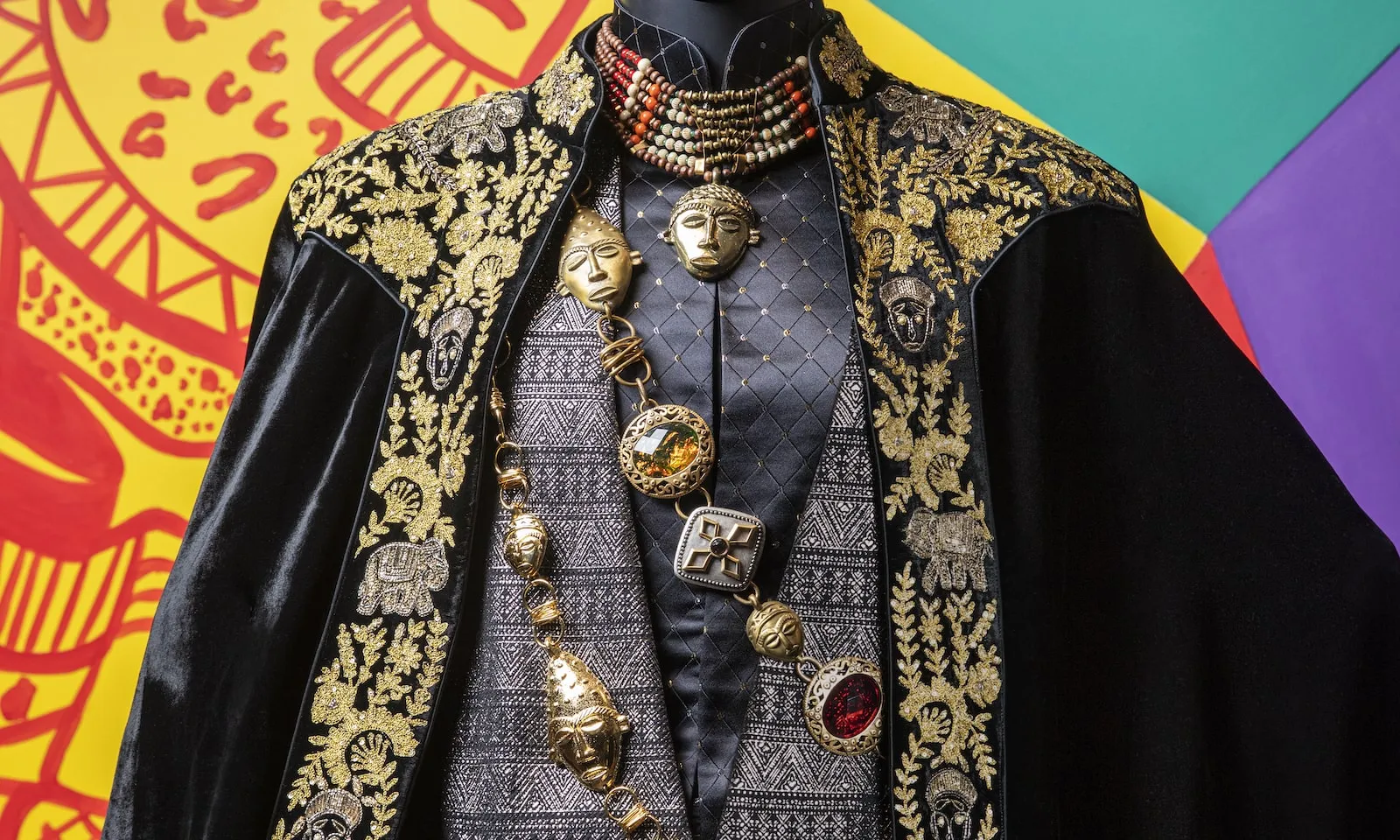

315 East Warren Avenue
Detroit, Michigan 48201
313-494-5800
info@thewright.org
Adults (18–61): $15
Seniors (62+): $12
Youth (6–17): $12
Members and Children (5 & under): Free
Add $10 for Premiere Exhibitions (including Members), except for children 5 & under.
Monday: Closed
Tuesday & Wednesday:
9 AM - 5 PM
Thursday: 9 AM - 7 PM
Friday, Saturday, & Sunday:
9 AM - 5 PM
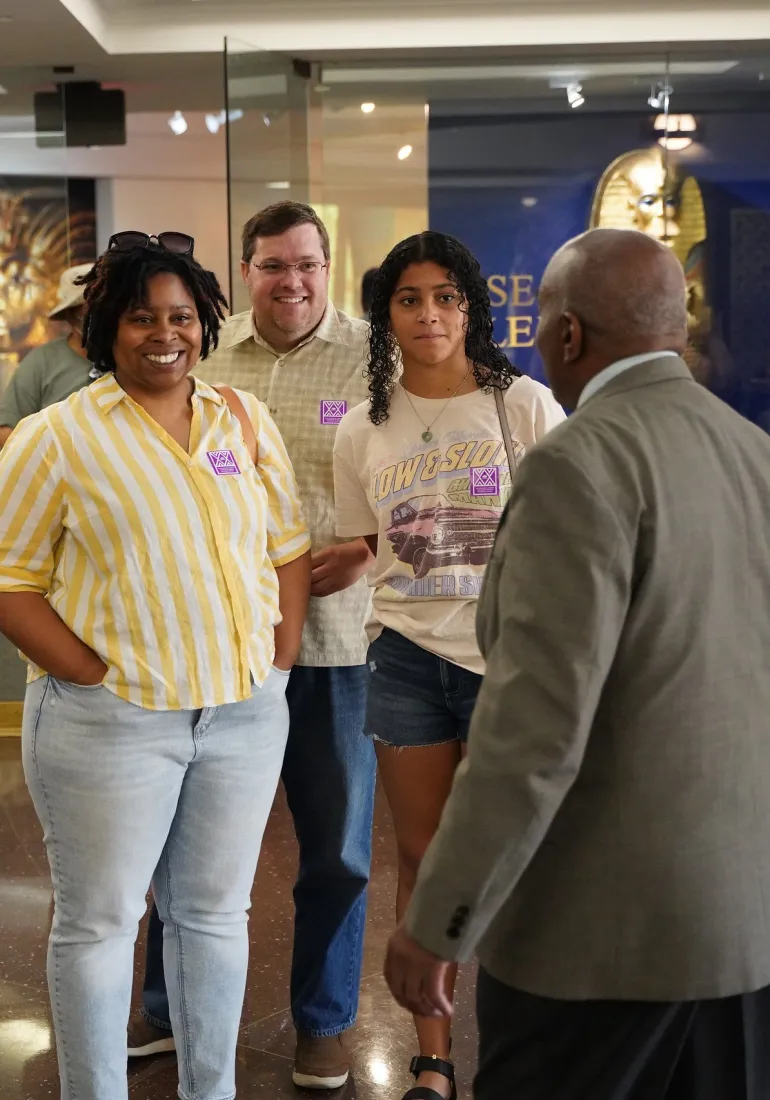
315 East Warren Avenue
Detroit, Michigan 48201
313-494-5800
info@thewright.org
Adults (18–61): $15
Seniors (62+): $12
Youth (6–17): $12
Members and Children (5 & under): Free
Add $10 for Premiere Exhibitions (including Members), except for children 5 & under.
Monday: Closed
Tuesday & Wednesday:
9 AM - 5 PM
Thursday: 9 AM - 7 PM
Friday, Saturday, & Sunday:
9 AM - 5 PM
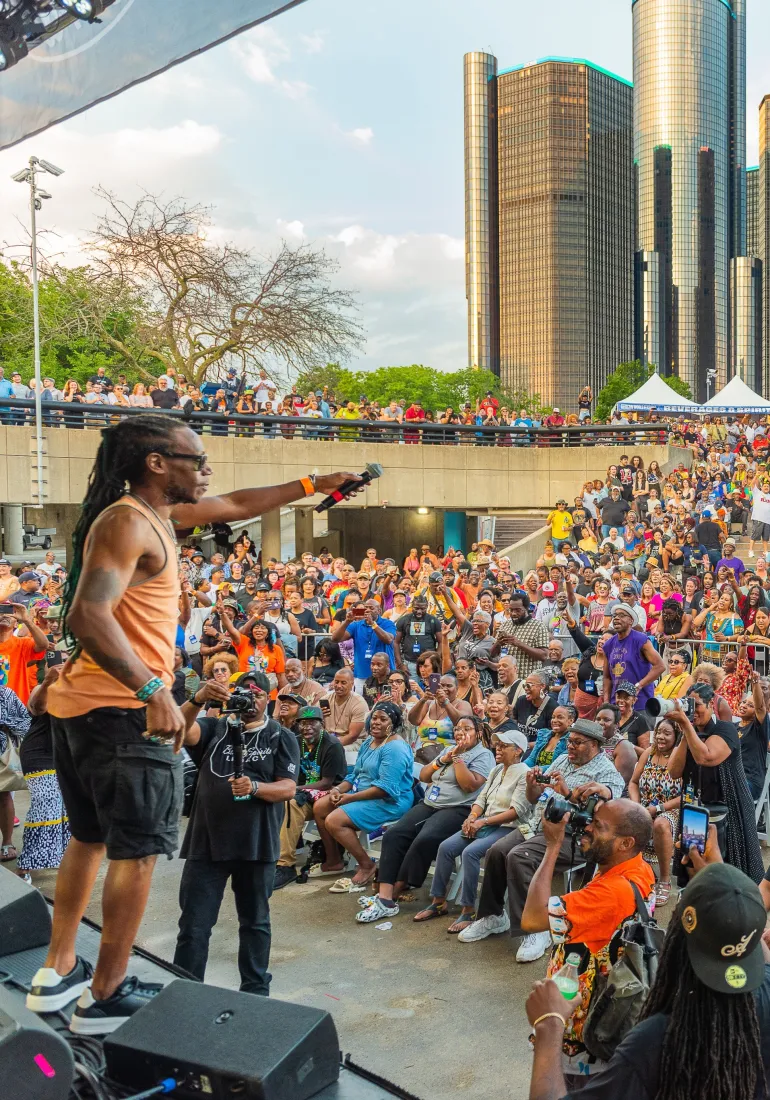
315 East Warren Avenue
Detroit, Michigan 48201
313-494-5800
info@thewright.org
Adults (18–61): $15
Seniors (62+): $12
Youth (6–17): $12
Members and Children (5 & under): Free
Add $10 for Premiere Exhibitions (including Members), except for children 5 & under.
Monday: Closed
Tuesday & Wednesday:
9 AM - 5 PM
Thursday: 9 AM - 7 PM
Friday, Saturday, & Sunday:
9 AM - 5 PM
315 East Warren Avenue
Detroit, Michigan 48201
313-494-5800
info@thewright.org
Adults (18–61): $15
Seniors (62+): $12
Youth (6–17): $12
Members and Children (5 & under): Free
Add $10 for Premiere Exhibitions (including Members), except for children 5 & under.
Monday: Closed
Tuesday & Wednesday:
9 AM - 5 PM
Thursday: 9 AM - 7 PM
Friday, Saturday, & Sunday:
9 AM - 5 PM
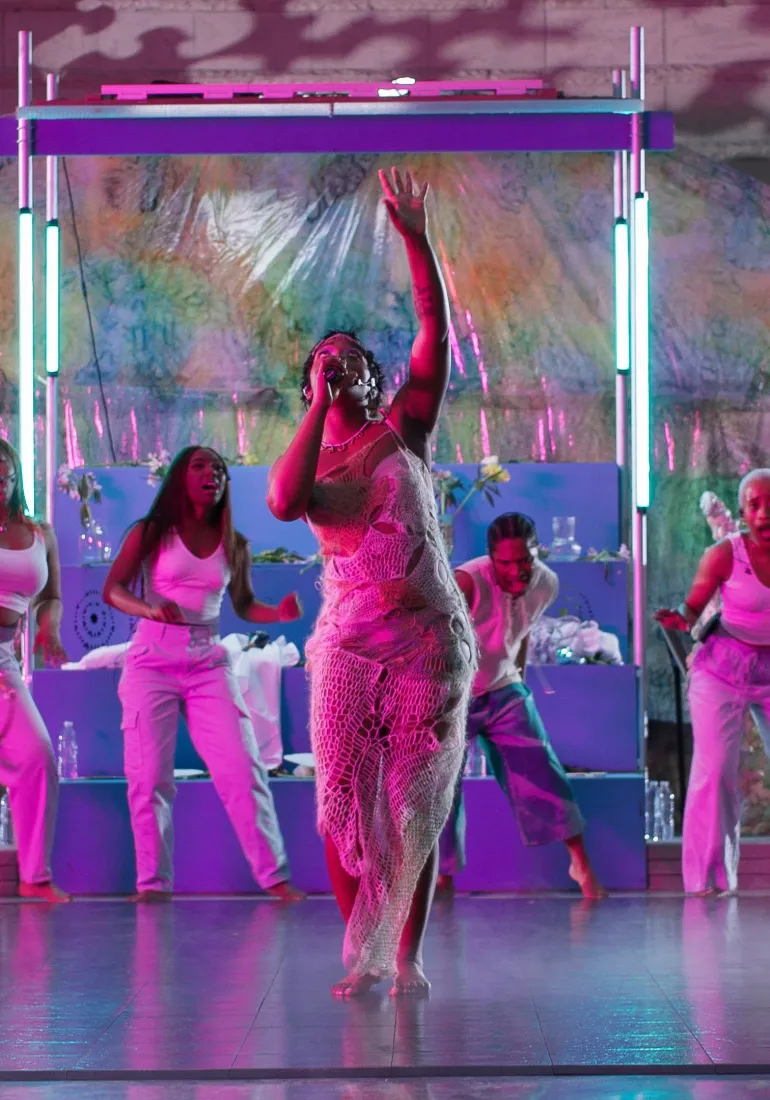
315 East Warren Avenue
Detroit, Michigan 48201
313-494-5800
info@thewright.org
Adults (18–61): $15
Seniors (62+): $12
Youth (6–17): $12
Members and Children (5 & under): Free
Add $10 for Premiere Exhibitions (including Members), except for children 5 & under.
Monday: Closed
Tuesday & Wednesday:
9 AM - 5 PM
Thursday: 9 AM - 7 PM
Friday, Saturday, & Sunday:
9 AM - 5 PM
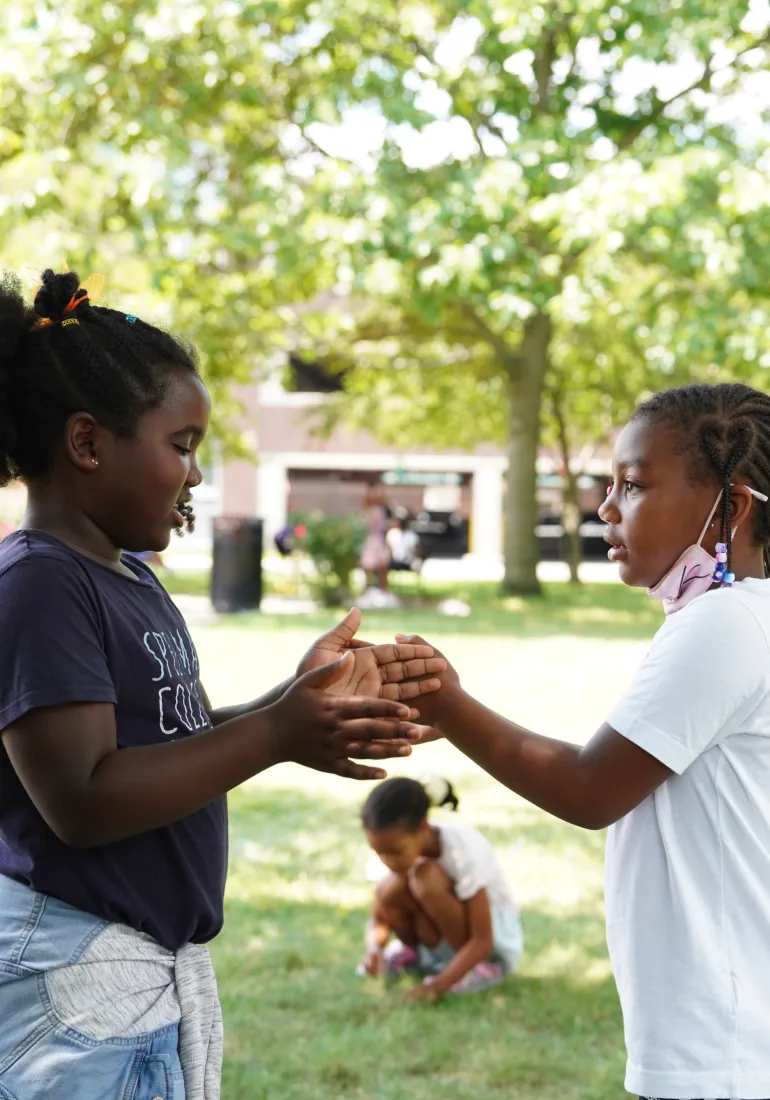
315 East Warren Avenue
Detroit, Michigan 48201
313-494-5800
info@thewright.org
Adults (18–61): $15
Seniors (62+): $12
Youth (6–17): $12
Members and Children (5 & under): Free
Add $10 for Premiere Exhibitions (including Members), except for children 5 & under.
Monday: Closed
Tuesday & Wednesday:
9 AM - 5 PM
Thursday: 9 AM - 7 PM
Friday, Saturday, & Sunday:
9 AM - 5 PM
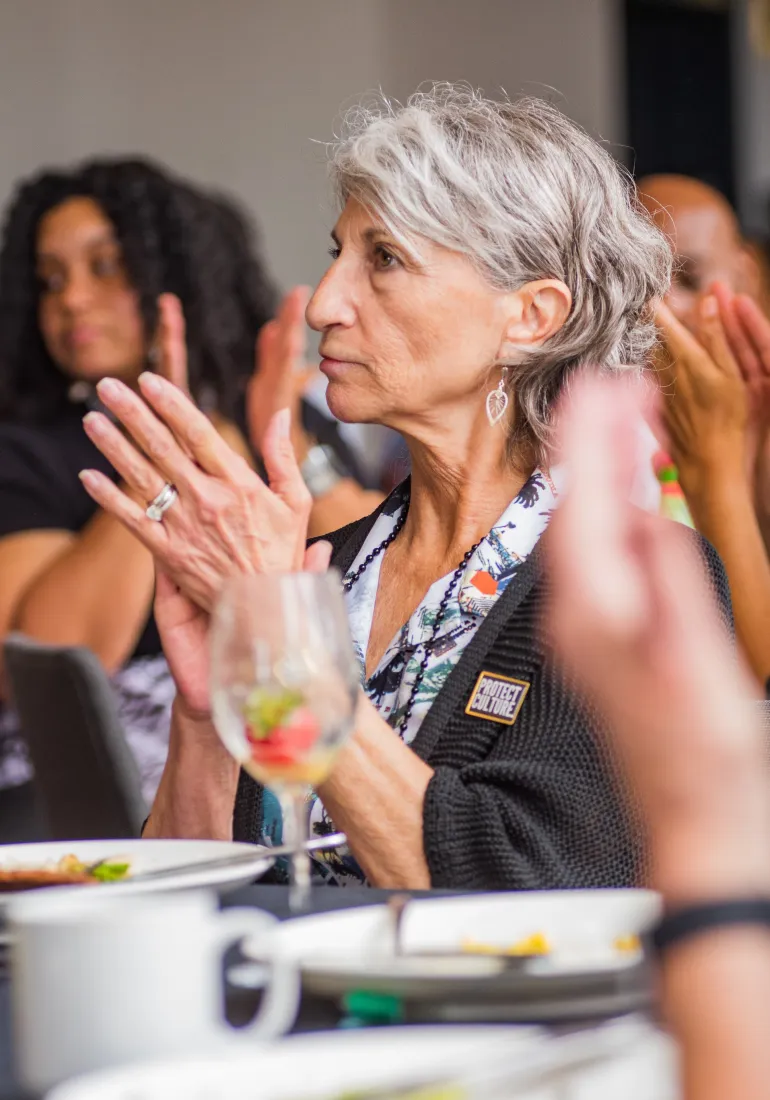
315 East Warren Avenue
Detroit, Michigan 48201
313-494-5800
info@thewright.org
Adults (18–61): $15
Seniors (62+): $12
Youth (6–17): $12
Members and Children (5 & under): Free
Add $10 for Premiere Exhibitions (including Members), except for children 5 & under.
Monday: Closed
Tuesday & Wednesday:
9 AM - 5 PM
Thursday: 9 AM - 7 PM
Friday, Saturday, & Sunday:
9 AM - 5 PM
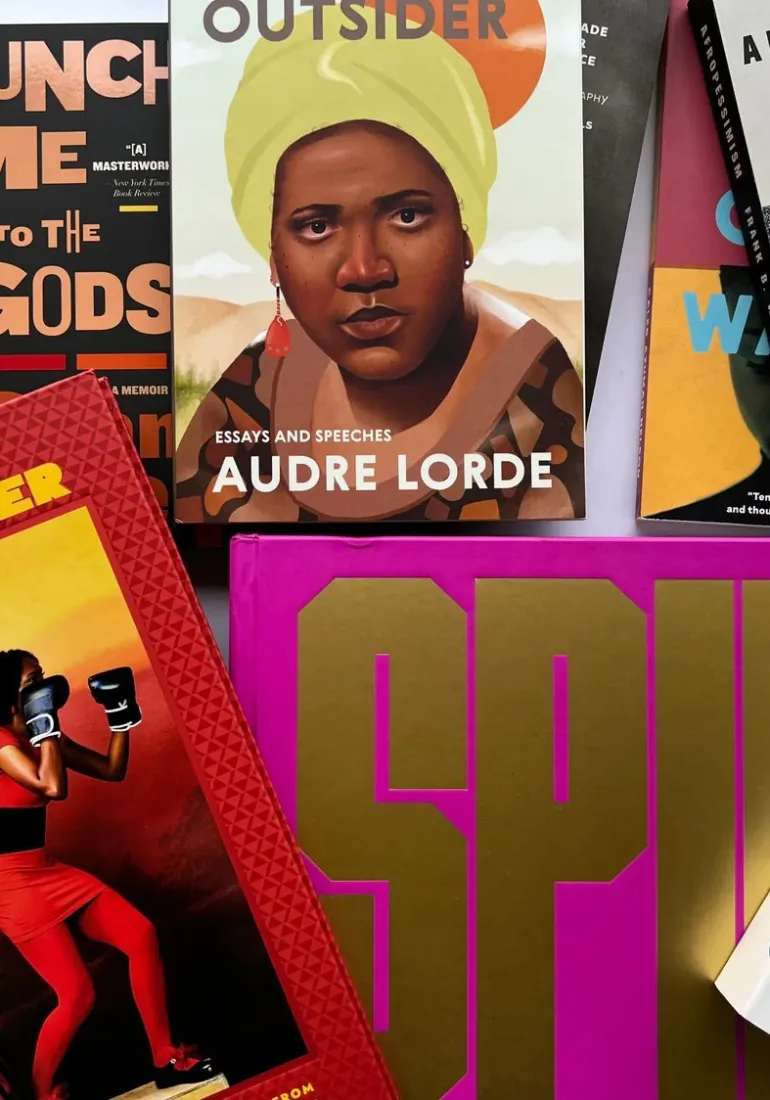

This exhibition featured over 60 of the two-time Academy Award winning costumer designer’s original designs from iconic films such as Black Panther, Black Panther: Wakanda Forever, Malcolm X, Do The Right Thing, and more.
It explored the artistic richness of story-telling through costume design, spotlighting how Carter’s art translates stories of race, politics, and culture, all while adding dimensionality and flair to unforgettable characters brought to life by incredible actors. Visitors experienced the history-making Afrofuturistic pieces that empowered the female form, honored ancient cultures, and invoked a deep sense of representation unlike any other costumes seen on screen.
Over three decades in film, television, and theater, Carter has earned seventy credits and collaborated with prolific directors, including Spike Lee, Steven Spielberg, Ava DuVernay, and Ryan Coogler. Carter’s costumes based on real and imaginative characters provide an arc to the narratives of African Americans. From Do The Right Thing, Malcolm X, What’s Love Got To Do With It, Amistad, The Butler, Marshall, Selma, Dolemite Is My Name, and Coming 2 America to Black Panther: Wakanda Forever and beyond, her devotion to retraining the eye to see beauty through costume design and telling stories that enrich the humanity of the Black experience cements her legacy as a preeminent voice and expert on period genres and Afro aesthetics.
Carter's outstanding costume design work has also been honored with Academy Award nominations for Malcolm X (1993) and Amistad (1998) and an Emmy nomination for the miniseries reboot of Roots (2016). The impact of her career in filmmaking has been recognized with the Costume Designers Guild's Career Achievement Award (2019) and a star on the Hollywood Walk of Fame (2021). Carter is a member of the board of governors for the Academy of Motion Pictures Arts and Sciences.
Carter defines Afrofuturism as “using technology and intertwining it with imagination, self-expression, and an entrepreneurial spirit, promoting a philosophy for Black Americans, Africans, and Indigenous people to believe and create without the limiting construct of slavery and colonialism.”
Carter’s process is rooted in research, which she then applies to the design and creation of costumes, making all her work highly Afrofuturistic. She credits the success of her designs to her research, which she describes as a “slow and patient process which cannot be rushed.” Beyond studying images, Carter also consults other sources.
She includes time in her research process for “reading about a time period, speaking to historians, studying the way the mind thought and body moved, and learning about innovative or ancient design techniques that can enhance the costume.”
We've cut our exhibition carbon footprint by 30% in recent years, advancing our commitment to environmental stewardship.